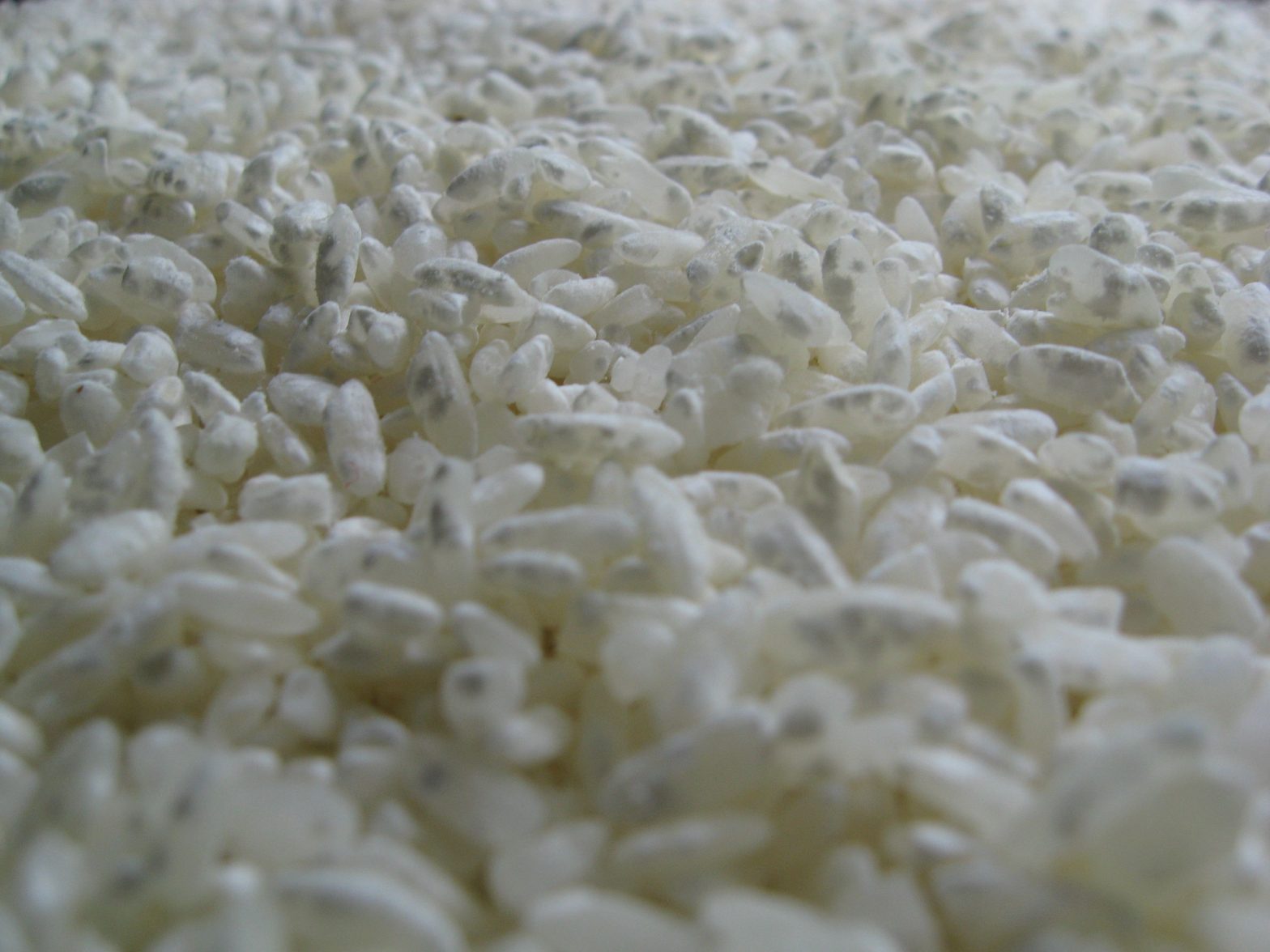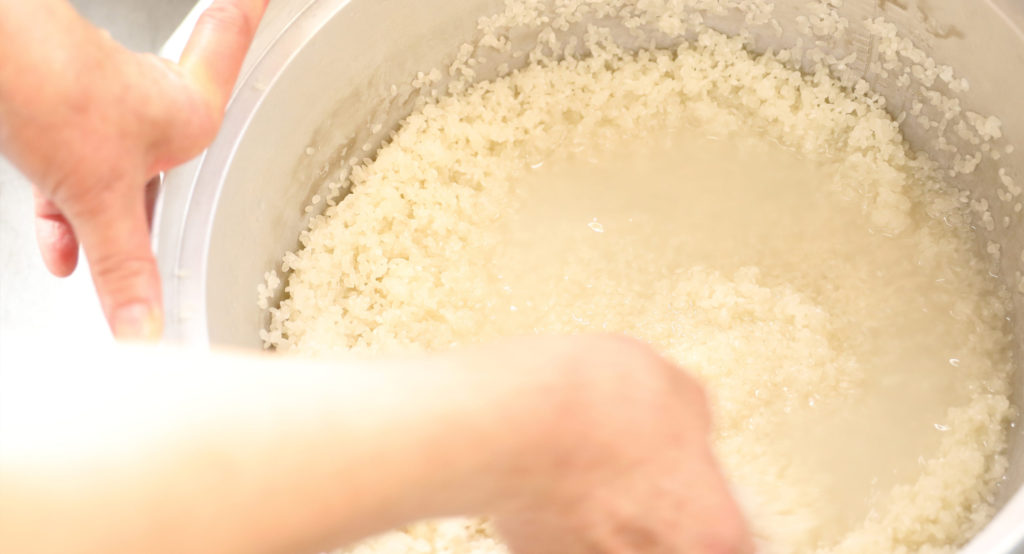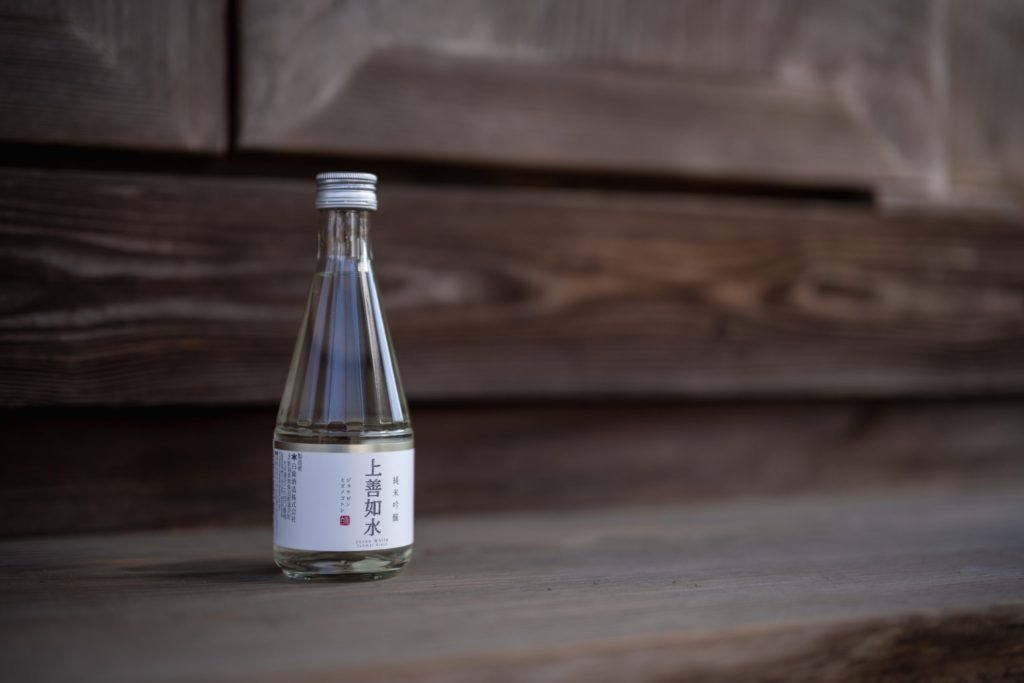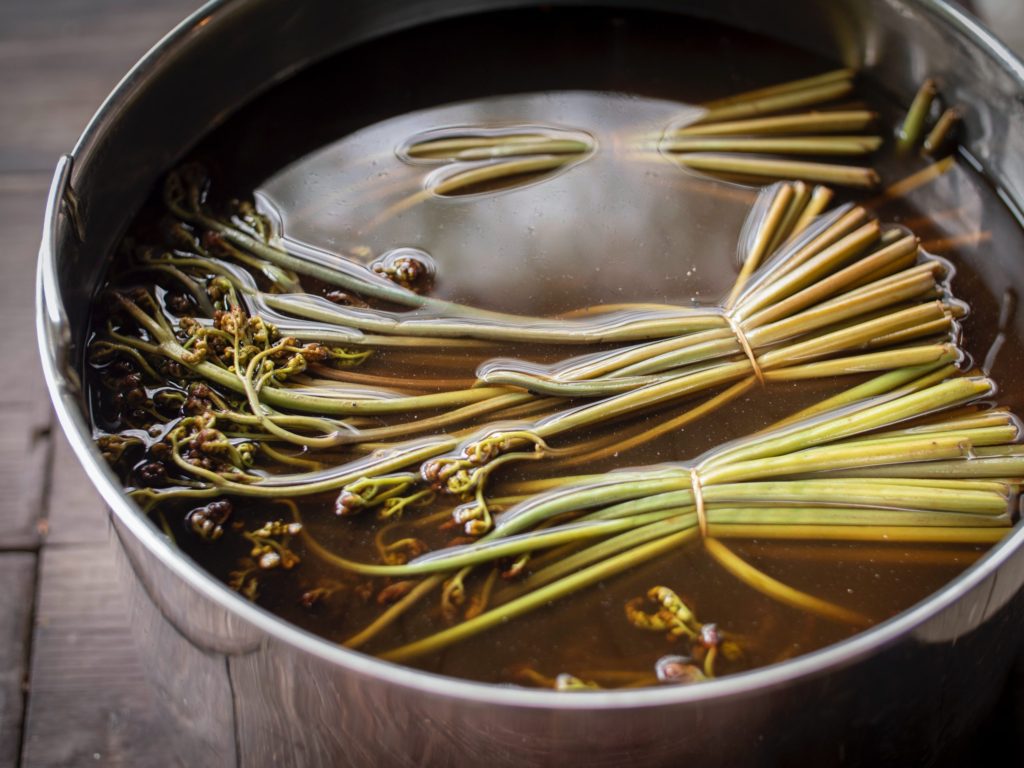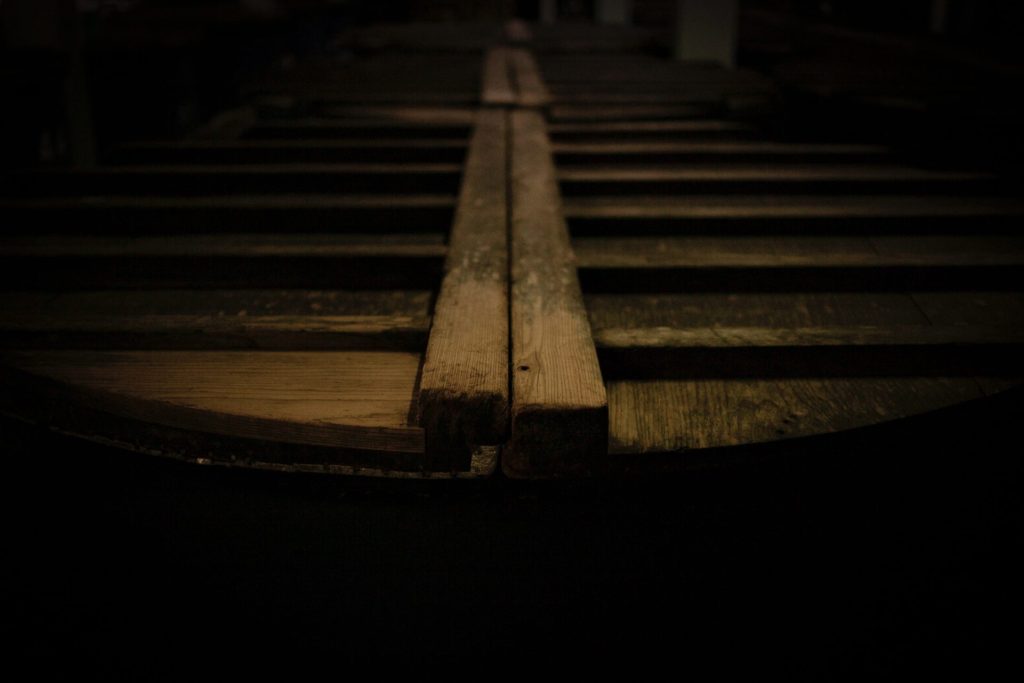There are many different types of sake in Japan, but the ingredients are actually very simple and consist of four ingredients.
In order to make sake, the following ingredients are used
- Sake rice
- water
- Koji
- Yeast
Let's check out them one by one.
Sake rice (酒米 - Sakamai)
Sake is made mainly from rice. But instead of using rice for eating, "sake rice" is used for making sake.
Sake rice is a special type of rice that has been bred to be easier to make sake, and there are some differences between it and food rice.
Water
80%of the finished sake is made of water.
Sake breweries in each region use local water, and the taste varies from region to region depending on the quality of the water.
Water contains active ingredients (minerals such as calcium and magnesium) that are used in sake brewing, and the taste varies depending on the amount of these ingredients.
Hard water and soft water are good examples of this, and the amount of minerals in the water can produce different flavors of sake.
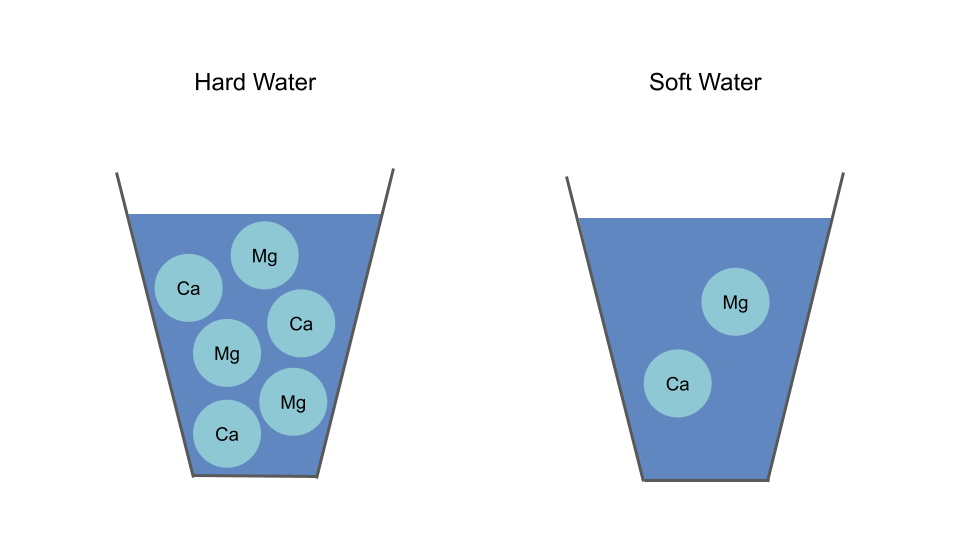
For example, sake made in areas with heavy snowfall, such as Niigata, uses soft water from melting snow and produces a unique flavor.
Koji (麹)
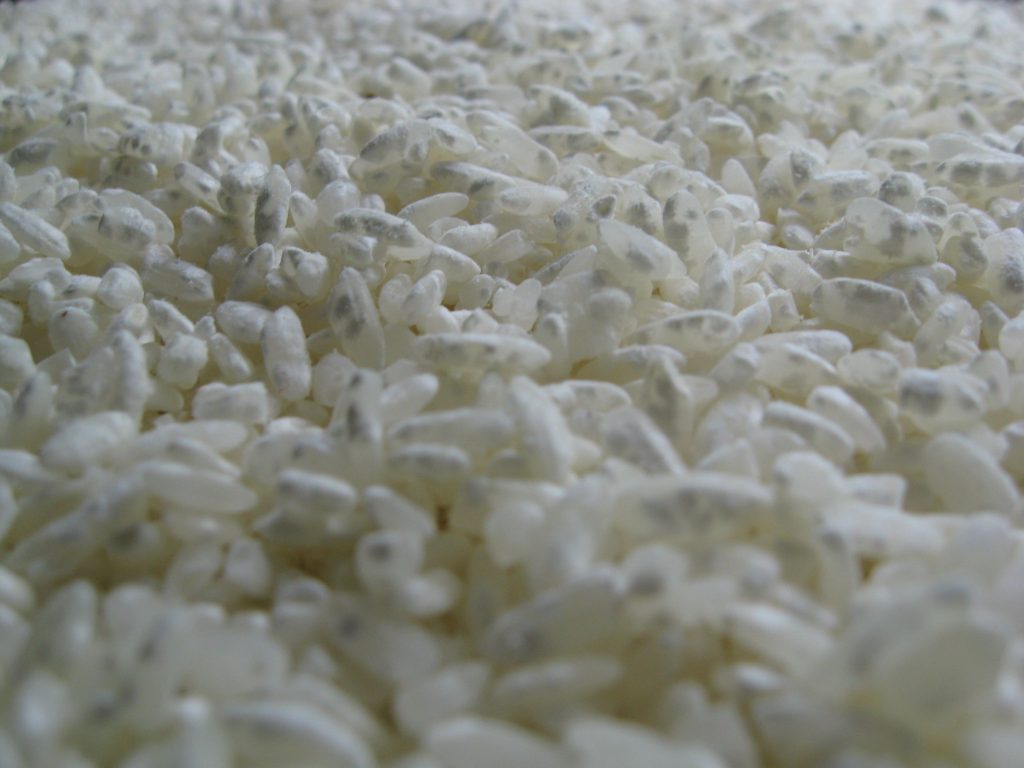
Koji is a type of mold that grows on grains such as rice, wheat, and soybeans.
For alcoholic fermentation, the starch in rice must be converted into glucose. The role of the koji mold is to convert the starch into glucose.
After the koji mold converts the starch into glucose, yeast converts the glucose into alcohol, and sake is produced.

Yeast
Yeast is a type of fungus, broadly speaking a member of the mold family. It is responsible for converting Glucose contained in rice into alcohol.
The power of yeast is necessary to produce alcohol in sake.
When yeast eats Glucose and expels the alcohol, it also expels the aromatic elements, playing an important role in creating the rich aroma that is unique to sake.
Yeast is necessary for the fermentation of all fermented foods too. In addition to sake, miso, soy sauce, Japanese pickles such as nukazuke, bread and cheese are also fermented with the power of yeast.

